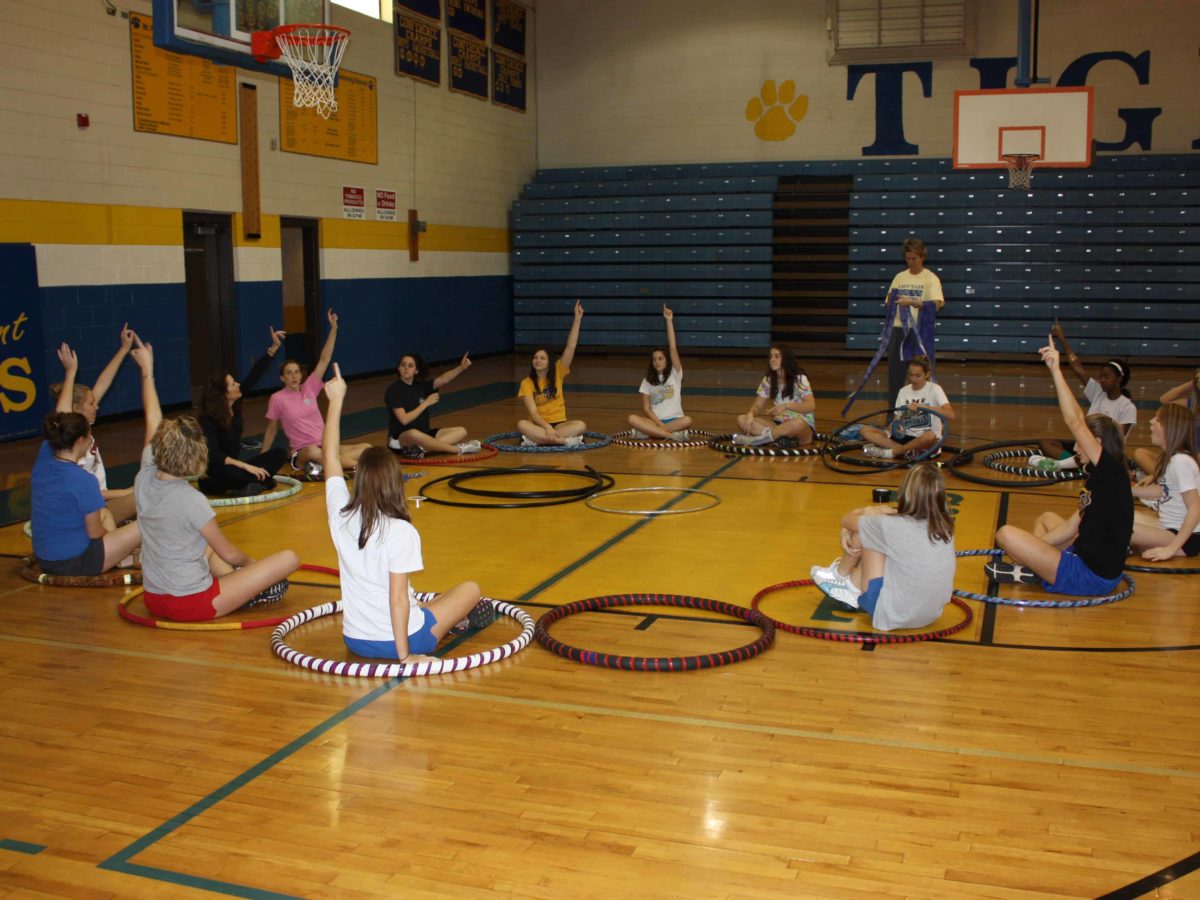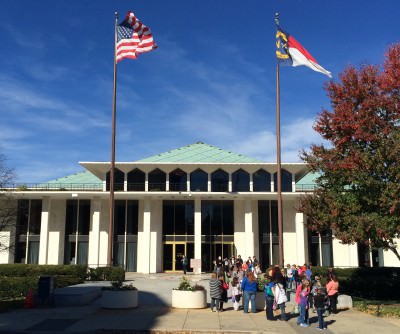

First, I will acknowledge that I am – like most everyone else – waiting for the General Assembly to act. I take this time – in the remaining days of summer – to reflect on the way children play and why it matters.
I was reflecting on this the other day while lying face down as a physical therapist dug into my scapula to help release my frozen shoulder. Happy for any distraction, we got to talking about soccer. She played soccer growing up and now coaches soccer for girls age 9-12. She is finding that girls are less prepared for the skills needed in soccer because they don’t just play. They don’t skip rope which develops skills to anticipate rather than react. They don’t play hopscotch which develops skills in hopping and shifting weight. Children can’t do a “bear claw” where on all fours, you coordinate between your left leg and right arm and right leg and left arm, and you crawl forwards and backwards.
This is, in part, because kids are on their electronics until sent off for their sports. And yes, there’s an economic divide here of who gets sent off for sports. What we need to add to equal sports opportunities is the “child in the woods time” where kids not only play sports but move their bodies in ways that develop all sorts of neural and muscular coordination and skills.
When I was a kid, we made obstacle courses. We would look for two branches that each had a “y” formation. We would dig the Ys into the ground and then add a cross bar of another branch. Depending on the height, we would go under or over it on a course with other similar set ups as fast as we could. We did it until called home for dinner. It was very fun. Didn’t occur to us that it was exercise.
I started my boys off differently by offering soccer. Unfortunately, they didn’t get it that they should practice and take things seriously. They were there mostly for the snacks and the fun. When we reached the point half way through elementary school where other parents audibly groaned over my son missing the ball, we switched gears. My sons then created their own constructs around basketball, bikes, and long boards.
In a way, this feels personal – all those choices we make for our own children with the hopes that we are helping to make them healthy and happy. I’m not asking you to judge my choices, and I won’t judge yours. But it does connect to a larger picture. Author Richard Louv has done much to raise the issues of keeping children connected to nature. Author Howard Gardner’s exploration of multiple intelligences sets the stage for a much deeper and complex understanding of skills that make us successful and adaptable.
So there is nothing wrong and plenty right with children spending time in summer school on topics like reading and math. And there’s nothing wrong and plenty right with children spending time in organized sports. But what are the missing ingredients that allow children to learn things on their own like the bear claw?
Physical education is a challenge in the public schools. We require a minimum of 30 minutes of physical activity each day for grades K-8. We only require one unit for graduation (grades 9-12). And we don’t test it.
And if not tested, we don’t seem to apply resources to it. Even though my topic is law and governance, one of my favorite things has been going into schools and teaching kids how to make hoops. We laugh. We smile. We hoop. And I’m pretty sure we make a few neural/muscular connections. With a frozen shoulder, I’m useless as a hooper. But maybe I can put a few words down to remind us of the importance of all the ways that we connect our bodies to multiple intelligences.


